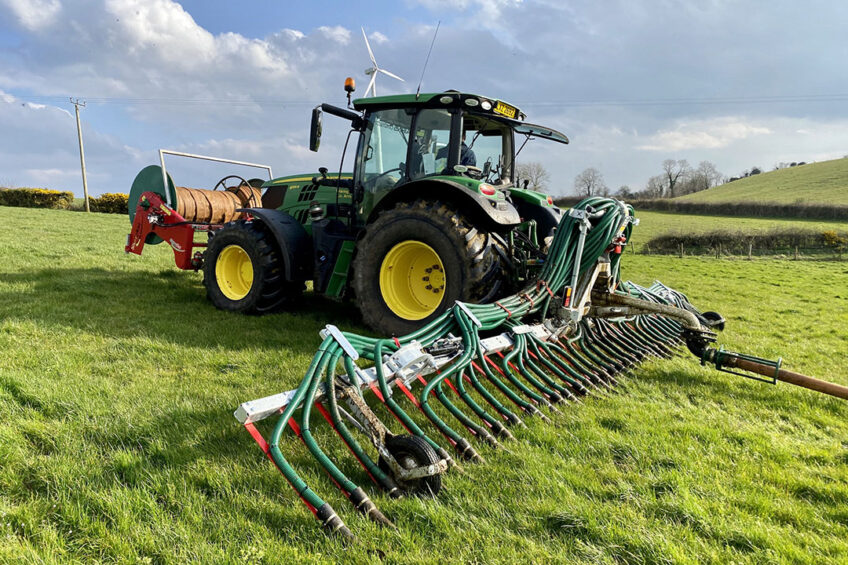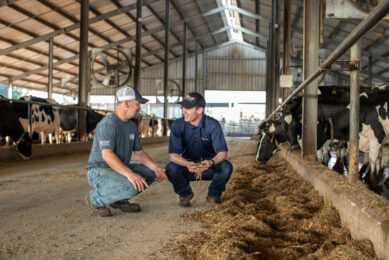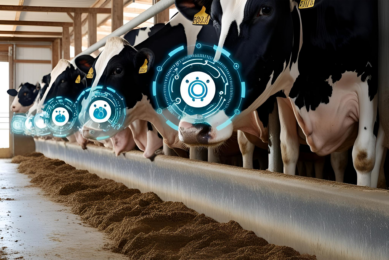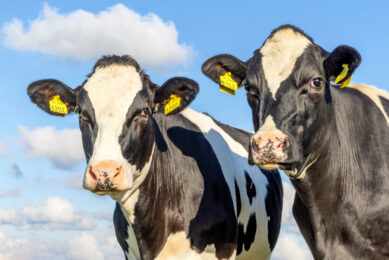New tool to boost farm organic waste management

A new computer tool has been launched to help farmers find the best way to use waste organic fertiliser in order to reduce its impact on the environment.
Around 100 million tonnes of organic waste material is spread on UK farmland each year which, if not managed correctly, could be a pollutant. However, organic waste is very beneficial to soils and for sustaining plant growth and can reduce the reliance on chemically produced fertiliser, which also can be harmful to the environment and ecosystems.

Waste to Land tool
Thanks to new research by a group of scientists at the Glasgow Caledonian University, a new computer tool has been developed to find the safest areas to spread the biosolids. Called the Waste to Land (W2L), the tool uses visuals and maps to show farmers the safest areas to apply organic waste, which is hoped will give them confidence in its long-term use. The tool combines environmental statistics and existing data to generate fresh intelligence.
There is evidence to suggest that the use of organic waste materials improves the quality of the soil, enhances crop yield, reduces the costs to both industry and farmers, and thus contributes to a circular economy.”
Tailored so farmers can drill down to individual plots of land
While the prototype currently shows a UK perspective, it will eventually be tailored so that farmers can drill down to individual plots of land. The developers were concerned that organic fertiliser could leak into rivers, pollute the environment and enter the food chain. During the development the team used cadmium as a prototype contaminant, and designed a conceptual model as the basis to define the workflow for the tool.
Using the open-source, statistical language R and freely available data, the operation and outputs from the tool were demonstrated at a national scale in Scotland.
 How to make money from carbon soil sequestration
How to make money from carbon soil sequestration
The day is coming when most farmers in the developed world will earn money from storing carbon dioxide in their soils, but when and how much? It all starts with carbon measurement. Read more…
Use of organic fertilisers
The results provided fresh intelligence on the ability of the Scottish Landbank to receive biosolids and on the spatial effect of land spreading biosolids, to facilitate the exchange of information between stakeholders, and to enable decision-making in a context of spreading biosolids on farmland. Project lead Dr Alejandro Gonzalez Ollauri says: “There is evidence to suggest that the use of organic waste materials improves the quality of the soil, enhances crop yield, reduces the costs to both industry and farmers, and thus contributes to a circular economy.
“The use of organic fertilisers in the UK is subjected to restrictive regulations, attempting to avoid introducing pathogens, heavy metals and now microplastics into water bodies and the food chain.
“It is therefore crucial to reduce the environmental impact of recycling organic waste into farmland by identifying adequate locations for their spreading and by predicting the effect of such land practice.”
He added that future work will strive to transform W2L into a ‘robust, user-friendly interface,’ so it can be easily accessible for multiple users, including policy-makers.
The study was funded by the EPSRC through the SECURE Network and has been published in the Journal Agricultural Systems.
Join 13,000+ subscribers
Subscribe to our newsletter to stay updated about all the need-to-know content in the dairy sector, two times a week.










